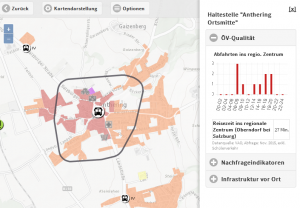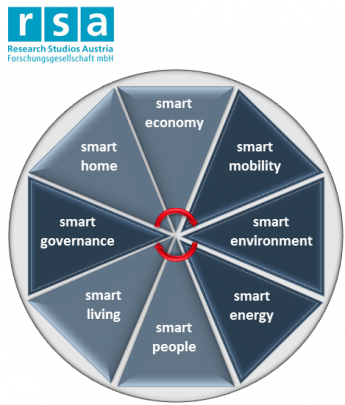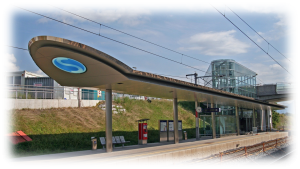Mobility behaviour and mobility options are often influenced by demographic and social developments on the one hand and by spatial-structural changes on the other hand. For instance is the mobility of a vast majority of elderly people often limited to public transport due to physical or financial restrictions. People with reduced mobility opportunities are often even excluded from public transport use due to unsurmountable barriers. Thus, when planning a public transport system, the issues of e.g. barrier-free and age-appropriate access – summarized as target-specific mobility demands – become more and more important.
To allow for a demand-oriented transport and mobility planning, GIS-based tools are developed and analyses are conducted to evaluate and assess existing transport service facilities and to provide planning criteria for future facilities in the transport sector (stops, hubs, etc.).
 iSPACE is involved in projects assessing the accessibility, the service area around, and quality of public transport stops. Left is visualized the service area around and the service frequency of a way stop in a municipality northern of the city of Salzburg (taken from the Mobility Equalizer project).
iSPACE is involved in projects assessing the accessibility, the service area around, and quality of public transport stops. Left is visualized the service area around and the service frequency of a way stop in a municipality northern of the city of Salzburg (taken from the Mobility Equalizer project).
All relevant projects @iSPACE related to this topic:
- Mobility Optimizer
- Mobility Equalizer (nationally funded FFG project)
- Facts4Stops (nationally funded FFG projects)
- Public Transport Screener
- Sansibas (Interreg IVa project)
Contact persons @ iSPACE:
- Mag. Stefan Herbst: stefan.herbst@researchstudio.at
- Sebastian Cadus, MSc: sebastian.cadus@researchstudio.at
- Dr. Thomas Prinz: thomas.prinz@researchstudio.at
- Bernhard Castellazzi, MSc: bernhard.castellazzi@researchstudio.at

